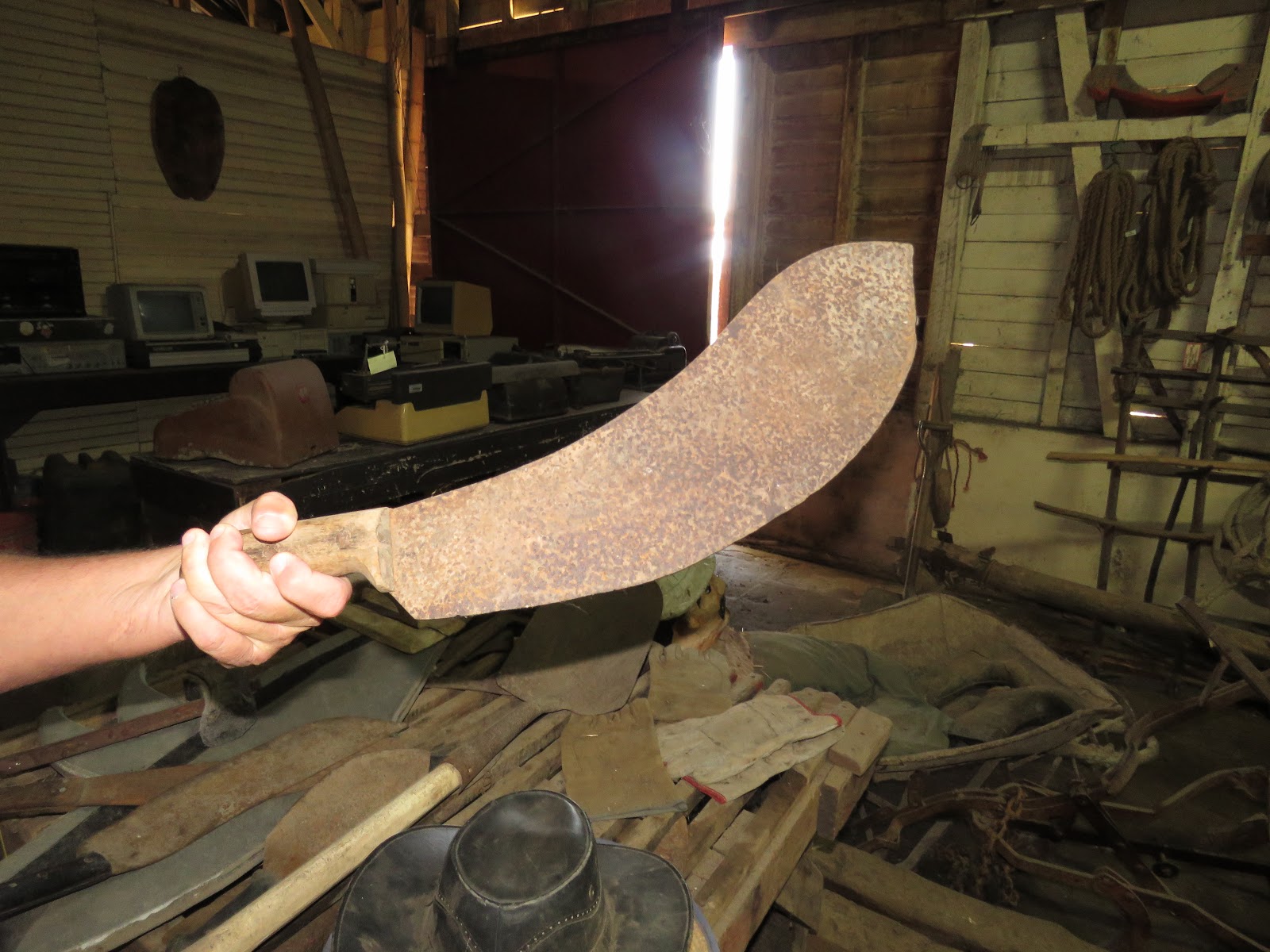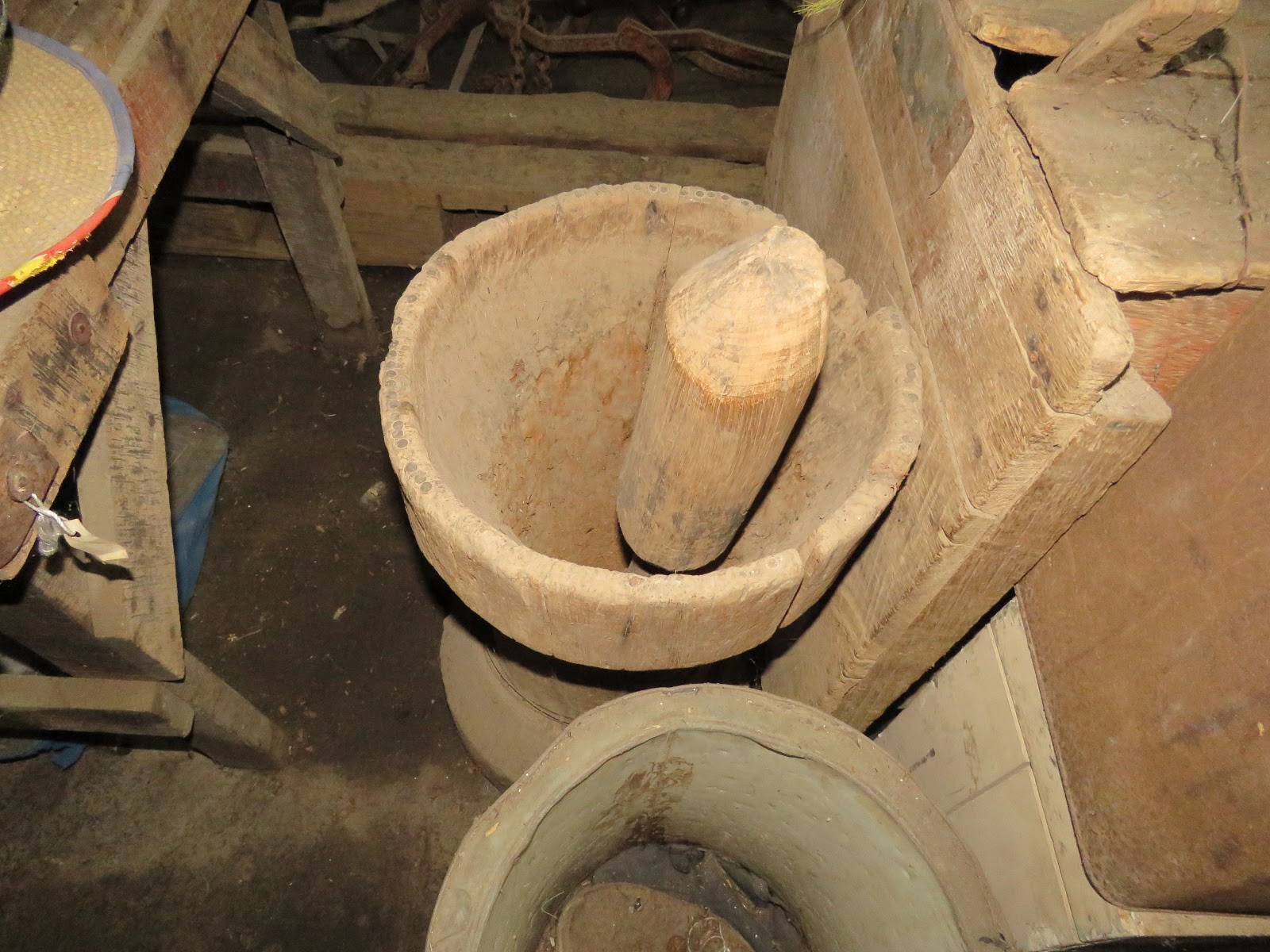 |
Today’s photos are those I took yesterday in the hotel lobby when I went downstairs to pay our bill. The hotel manager showed me this gorgeous handcrafted sand display in the lobby that left me breathless. Such a beautiful colorful display! No captions were added. The beauty of this display speaks for itself.
In yesterday’s post, I mentioned discussing Indian customs today when Diwali had slipped my mind. In tomorrow’s post, we’ll share many of India’s customs, some of which we’ve had personal experience during our first six weeks on tour in the country.
Today is Diwali, the annual five-day Festival of Light holiday in the Hindu faith worldwide. It is described as follows from India Times here:
“The much-awaited festival of light is here. Diwali, also known as Deepavali, is celebrated across India with great enthusiasm as it symbolizes the victory of good over evil. Derived from the Sanskrit word ‘Dipavali,’ which means a row of lights, Diwali has been celebrated since time immemorial.
    |
Diwali is celebrated 20 days after Lord Ram killed Ravana (Dusshera) and rescued Sita from captivity in Lanka. The celebration marks the return of Lord Ram to Ayodha after 14 years of exile. The entire city was decked up to welcome Lord Rama, Sita, and Laxman, and the people decorated the city with diyas (earthen lamps) to welcome their king.
This five-day festival starts with Dhanteras, which celebrates and welcomes good luck, wealth, and prosperity. On Dhanteras, people buy jewelry and utensils because any metal is believed to ward off bad luck and usher in wealth and prosperity. Dhanteras is followed by Chhoti Diwali, Diwali, Govardhan Puja, and finally, Bhai Dooj marks the end of this festival.
How to celebrate the festival of light
‘Cleanliness is next to Godliness,’ and none can explain this better than people who celebrate Diwali. The preparation for this grand festival starts much ahead with people cleaning their houses and offices. Then they decorate their places with flowers, lamps, lights, and rangolis.
    |
The celebration starts with people buying jewelry and utensils on Dhanteras. This is an auspicious occasion to buy any metal as it is believed to ward off evil and bring prosperity.
The following two days—Chhoti Diwali and Diwali—are the most-awaited days when people enjoy the most. The evening starts after performing puja and offering prayers to the gods. People then light diyas and burst crackers. The entire atmosphere reverberates in a festive note. On the fourth day, Govardhan puja is performed, and the festival of lights ends with Bhai Dooj, which is very similar to Raksha Bandhan as it is a celebration of love between a brother and sister.
Although it is a tradition to burst crackers on Diwali, we should now refrain from doing it because of increased air pollution. We should aim to celebrate Diwali in an eco-friendly way and respect nature. Instead of bursting crackers, we can light diyas, decorate our house and surroundings with fairy lights, and spend a magical evening with friends and family.
    |
Happy Diwali 2020: Messages, Quotes, Status, and SMS
On this Diwali, I wish you wealth, prosperity, glory, and happiness not only for this special occasion but for today and forever! I hope you have a very, very happy Diwali!!
Happy Diwali 2020! May your day be filled with delightful laddoos, incandescent days, a whole lot of smiles and laughter!
May millions of lamps illuminate your life with endless happiness, wealth, prosperity & glory forever! I wish you and your family, a very very happy Diwali!
On this Auspicious Festival of Diwali, May Goddess Lakshmi blesses you with Joy, Prosperity, & Happiness. Happy and safe, Deepawali!
May you achieve everything your heart desires with the blessing of Lakshmi-Ganesha. Happy and safe Diwali 2020!
Let’s celebrate the festival in the true sense by spreading joy and light up the world of others. Have a happy, safe, and blessed Diwali!!
May the beauty of the festival of lights fill your home with happiness, and may the new year bring joy, peace, and prosperity to your life. I wish you and your family a very Happy Diwali!!
Wishing you a gleam of diyas, an echo of holy chants, contentment, and happiness today, tomorrow, and forever. Have a happy and prosperous Diwali!
Rejoice on this blessed occasion by spreading joy with your friends and loved ones. Happy Diwali 2020. May this Diwali be bright for you and your family. May God fulfill all your wishes this Diwali. Happy Diwali!.”
We wish all of our Hindu friends we’ve made throughout the world a safe, fulfilling, and blessed Diwali today, over the next several days in celebration, and in years to come. Thank you for sharing your country with us!
Photo from one year ago today, November 14, 2019:
  |
| We took granddaughter Madighan to her weekly karate class. It was fun watching her and four boys in the same age group, learning the moves presented by Sensei Luiz. For more, please click here. |


































































































































